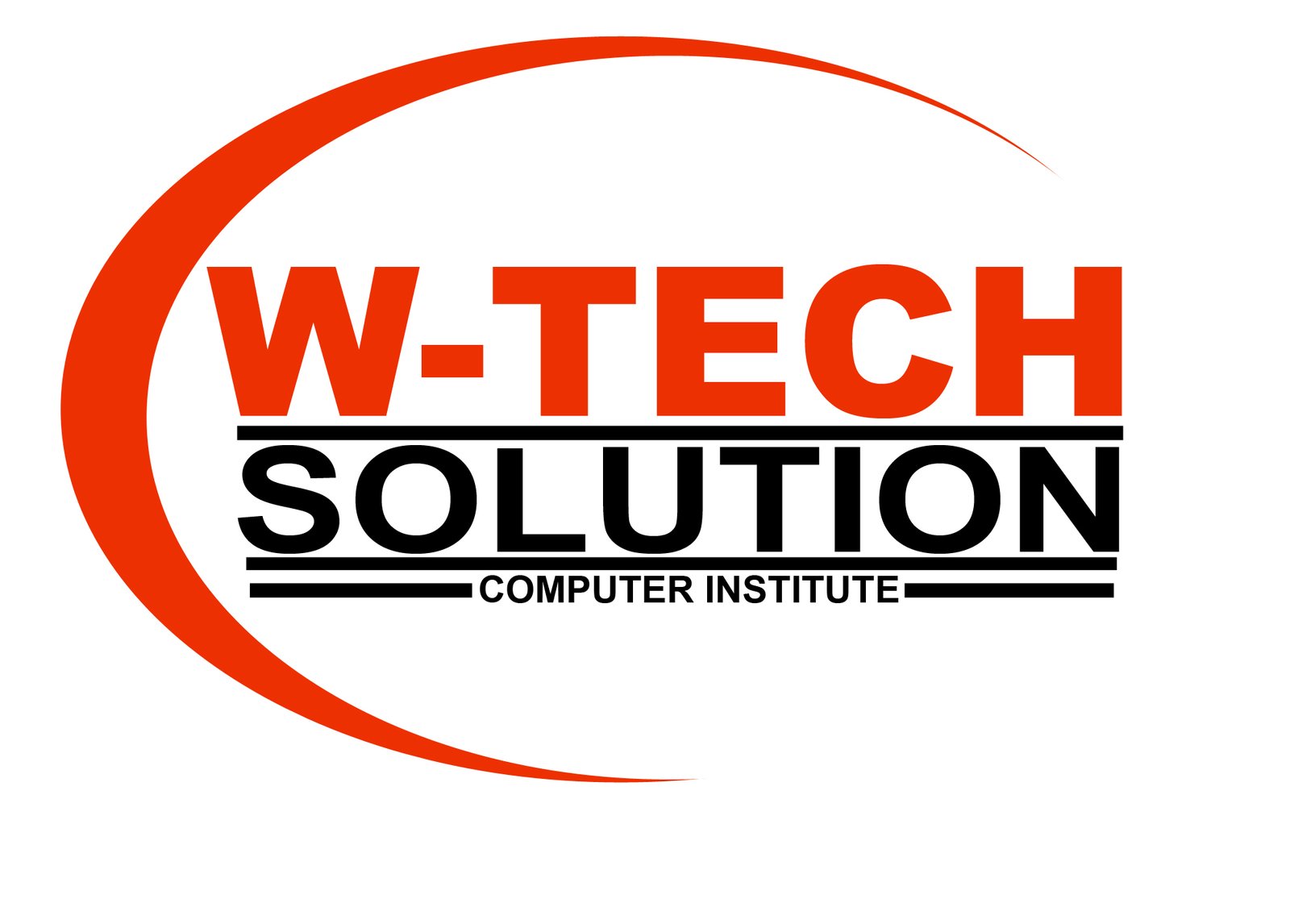The Diploma in Computer Applications (DCA) is a foundational course designed to provide individuals with essential knowledge and practical skills in various aspects of computer applications. While the specific syllabus can vary slightly between institutions, here’s a comprehensive overview of the topics generally covered:
I. Fundamentals of Computer and IT:
- Introduction to Computers:
- History and evolution of computers
- Characteristics, capabilities, and limitations of computers
- Types of computers (PCs, laptops, servers, supercomputers, etc.)
- Generations of computers
- Computer Organization:
- Basic components: CPU (Processor, Cache, Memory), RAM, ROM
- Input/Output devices (keyboard, mouse, scanner, printer, monitor, etc.)
- Storage devices (hard disks, SSDs, optical disks, USB drives, cloud storage)
- Data representation (binary arithmetic, number systems)
- Computer Software and Hardware:
- Relationship between hardware and software
- Types of software: System software (Operating Systems, Utility Programs), Application software
- Compilers, Assemblers, Interpreters
- Multimedia concepts and applications (text, graphics, audio, video, animation)
- PC Assembly and Maintenance:
- Introduction to hardware components (motherboard, BIOS, SMPS)
- OS installation (Windows, Linux basics)
- HDD partitioning, device drivers
- Basic troubleshooting and maintenance tools
II. Operating Systems (OS):
- Introduction to Operating Systems:
- Basics of OS, functions, and characteristics
- User interface (GUI, command-line)
- File systems and management (creating, renaming, moving, deleting files/folders)
- Process management and multitasking
- Memory management
- Windows OS (e.g., Windows 7/10):
- Desktop, My Computer, Recycle Bin, Taskbar, Start Menu
- Running applications
- Windows Explorer
- Control Panel settings (wallpaper, screen savers, date/time, sound)
- Shortcuts, Notepad, Accessories
- Introduction to Linux/MS-DOS (basic concepts and commands):
- Linux installation process, directory structure
- Basic command-line operations
III. Office Productivity Tools (MS Office Suite):
- Microsoft Word (Word Processing):
- Creating, saving, opening, and closing documents
- Editing and formatting text (fonts, styles, attributes, paragraphs)
- Page design and layout
- Tables, templates, images, clip art, SmartArt
- Spell check, thesaurus, find and replace
- Mail merge
- Microsoft Excel (Spreadsheet Package):
- Concepts of workbooks and worksheets
- Entering and editing data, formulas, and functions (mathematical, logical, statistical, text, financial, date & time)
- Formatting cells (alignment, numbers, currency, fonts, borders, colors)
- Charts and graphs (creating, modifying)
- Microsoft PowerPoint (Presentation Package):
- Creating, opening, and saving presentations
- Working with slides, adding and formatting text
- Designing and formatting presentations
- Adding multimedia elements and animations
- Notes pages and handouts
IV. Internet & Web Technologies:
- Internet Basics:
- What is the Internet, WWW (World Wide Web)
- Web browsers (surfing the internet)
- Search engines
- Electronic Mail (Email):
- Basics of email, creating and managing email accounts
- Sending, receiving, and organizing emails
- Networking Concepts:
- Network definition, common terminologies (LAN, WAN, MAN, Node, Host, Workstation, Bandwidth)
- Network components (servers, clients, communication media, routers, switches)
- Network topologies (Bus, Star, Ring, Mesh)
- TCP/IP, IP addressing
- File sharing
- Web Development Basics (Introduction):
- HTML (HyperText Markup Language): basic tags, elements, attributes, formatting, images, tables, lists, hyperlinks, frames
- CSS (Cascading Style Sheets): syntax, selectors, ways to insert CSS, background, text, font, link management
- JavaScript (Basic concepts): syntax, placing JavaScript
V. Database Management System (DBMS):
- Introduction to Databases:
- Concepts of data, information, and databases
- Types of databases
- Relational Database Management Systems (RDBMS)
- Introduction to SQL (Structured Query Language):
- Basic SQL queries for data definition and manipulation
- Table design, keys
VI. Programming Fundamentals (Introduction):
- Principles of Programming:
- Programming basics, algorithms, and flowcharts
- Introduction to programming languages (e.g., C, C++, Python, Java – typically a basic overview)
- Basic syntax, data types, control structures
- Debugging simple programs
VII. Multimedia and Graphics (Introduction):
- Multimedia Concepts:
- Components of multimedia
- File formats
- Compression and sharing of multimedia
- Basic Graphics Tools:
- Introduction to image editing software (e.g., Photoshop basics – layers, retouching)
- Introduction to video editing (e.g., Adobe Premiere basics)
- Introduction to desktop publishing (DTP) software (e.g., PageMaker, CorelDraw)
VIII. Other Important Topics (may vary by institution):
- Cybersecurity Fundamentals:
- Introduction to cybersecurity, ethical hacking basics
- Common threats (viruses, malware)
- Security countermeasures, antivirus
- E-Business/E-commerce:
- Concepts of e-governance, e-commerce, social media
- Financial Accounting System (Basics):
- Introduction to Tally (or similar accounting software)
- Storing financial data
- Soft Skills and Communication:
- Communication skills, presentation skills
- Teamwork and interpersonal skills
- Project Work:
- Practical application of learned skills through a project



